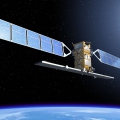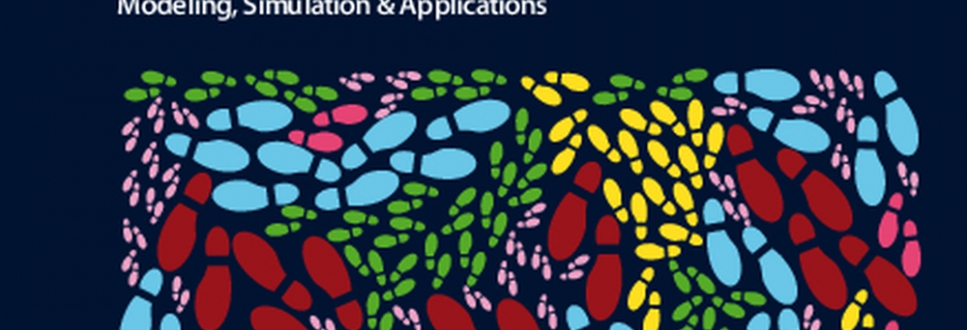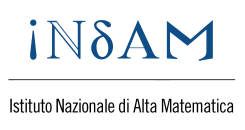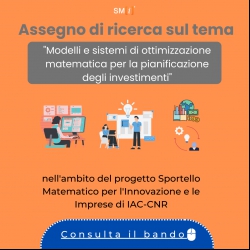
Support to MIPAS Level 2 processor verification and validation
This ESA contract supports the development, verification and validation of the retrieval algorithm from the MIPAS spectra. Vertical profiles of pressure and temperature and about 20 trace gases are retrieved. A very good vertical resolution is obtain, a consequence of the fact that MIPAS is a limb sounder. At the moment, both the atmospheric model and the inversion technique is under revision, in order to obtain better results and new, more precise estimates of the trends of the atmospheric constituents.
The Michelson Interferometer for Passive Atmospheric Sounding (MIPAS) is a limb-viewing infrared Fourier transform spectrometer measuring the atmospheric emission onboard the ESA ENVISAT satellite, launched in March 2002. MIPAS acquired atmospheric spectra sampled at 0.025 cm-1 from July 2002 to March 2004 (full resolution measurements), and since January 2005 has been operating at 0.0625 cm-1 sampling (optimized resolution measurements). The operative mission should have lasted 8 years. In 2010 the length has been extended. Contact with ENVISAT was lost in April 2012. As a consequence, MIPAS and all the other instruments on board have become unoperational.
With the loss of MIPAS, the necessity of near-real time processing has come to an end. However, ten years of data have been collected and the development of the retrieval algorithm has been going on. New features have been introduced in order to obtain better results. The final reprocessing of the whole mission is scheduled in 2017. The accurate analysis of ten years of high-resolution measurements is a very important means for assessing trends in the atmospheric composition. The variations in the atmospheric temperature and composition can be used to quantify the anthropic influence on the climate, in order to take measures to prevent and mitigate the changements.
The operational analysis of MIPAS measurements is performed by ESA in near real time. The main operational products consist of the vertical profile of six target species (H2O, O3, HNO3, CH4, N2O and NO2), together with the temperature and pressure profiles. Starting from 2008, new species have been introduced. As of 2015, 14 trace gases are analysed, and it is anticipated that in the final reprocessing about 20 species will be retrieved.
The project started in 2002 and will be going on at least up to 2017, when the final reprocessing will take place. The project is lead by the IFAC-CNR Institute and includes different entities from the countries belonging to the ESA community. The partners of the actual contract (October 2014 - October 2017) are the following: IFAC-CNR, ISAC-CNR, IAC-CNR, University of Bologna, KIT-IMK (Karlsruhe), LISA-CNRS (Paris), IAA (Granada), Oxford University, Leicester University. The partecipants of the project are also members of the MIPAS QWG (Quality Working Group), where experts from the level 1 phase (the determination of the spectra from the satellite raw data) and level 2 phase (the determination of the profiles from the spectra) meet with the validation team and discuss the technical and scientific issues, and the implementation status of the current contracts.
The IAC has been involed in the project starting from 2007. The contribution of the IAC is mainly devoted to the improvement of the atmspheric modeling and to the inversion algorithm. The contribution covers both the methodological aspects and the actual coding of the new features in the operational processor.
In particular, IAC contributed with a new auto-adaptive regularization routine for the profiles, with the development of a transformation for some retrieval parameters which augmented the sensibility, and with a general revision of the convergence criteria for the Gauss-Newton sequence.
In the actual contract (October 2014-October 2017) IAC is introducing and testing the modeling of the horizontal gradients along the orbit plane. This modification implies a very heavy revision of the code, since the simplifications which could be applied in the case of a locally horizontally homogeneous atmosphere could be no longer be used.
PRINCIPAL INVESTIGATOR: LUCA SGHERI
PARTECIPANTS: LUCA SGHERI
RESEARCH LINE: Matematica per l'Ambiente (Mathematics for the Environment)
START DATE: 2014-10-07
END DATE: 2017-10-07
FUNDING: 600 KEuro
CONTACTS:
LINK: https://earth.esa.int/web/guest/missions/esa-operational-eo-missions/envisat/instruments/mipas













